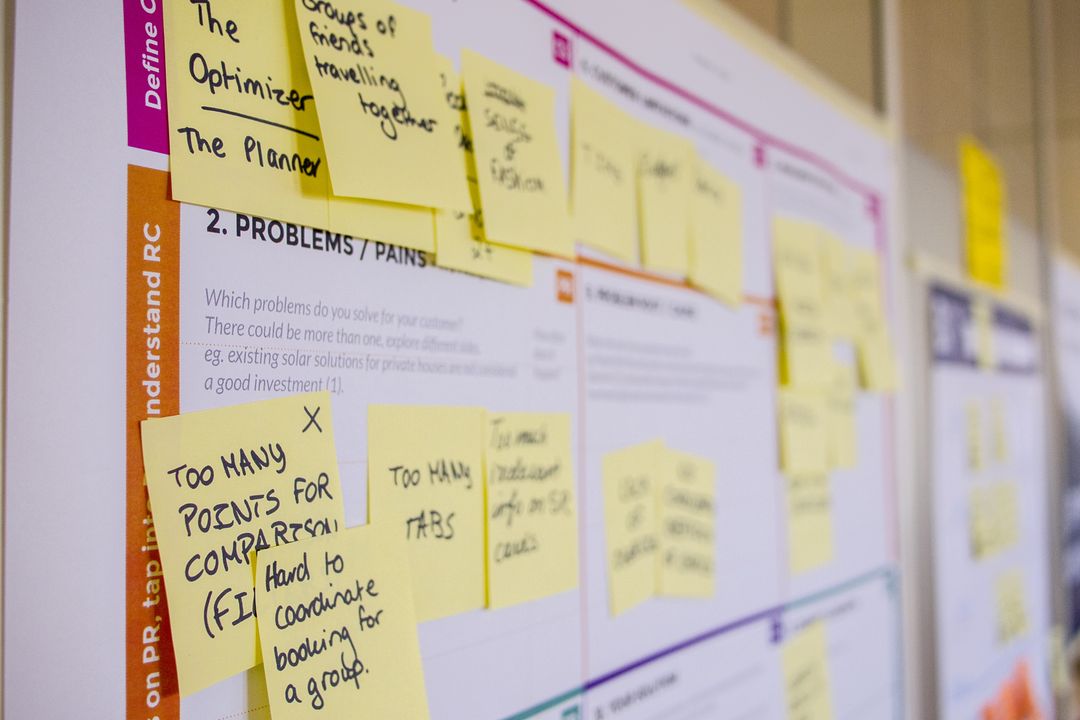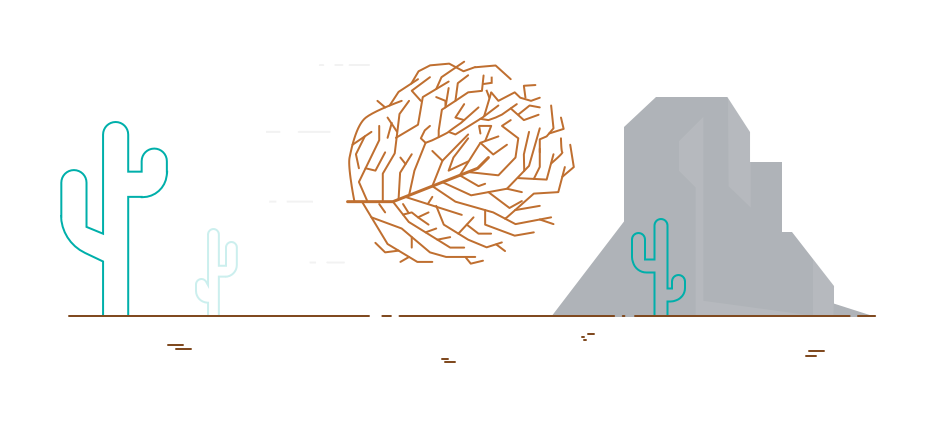Updates on alugha - Cycle February 2023 to April 2023
It used to be sprints, now it's cycles. Not only the name has changed, but also the intervals. alugha is growing up!
With hypotheses it is usually the same story, they are rarely true. Important decisions and changes were made on the basis of the Jersey Square model. Your startup should have this flexibility.

Read this article in: Deutsch, English, Español
Estimated reading time:4minutesThe day has come, you and your product are ready, the distribution can finally start. But how do you proceed now? Usually, you will make a hypothesis about what your target group will look like, how much income they have, how often they use your product. You try to determine the value proposition of the customer, assume that the customers come via your website, notice your banner advertising and e-mail marketing, and subscribe. Your research has shown that your target group is precisely defined... From here on I will be a little more specific and usw our own startup as an example. We've always assumed that anyone who sells a product has the best chance of success with video marketing and it's absolutely relevant that everything is multilingual (I'm still absolutely convinced). Based on this, we initially set up our sales department and got going.
It was the same for the Jersey Square project, the assumptions were completely defined. To make sure you're on the right track, you can create a 12-month plan and gradually test each hypothesis. But this takes a lot of time and can be crucial in the end. The idea was now to take these assumptions as a basis and call 60 customers and meet several of them personally. This first step already showed that some of the hypotheses are not tenable, neither the gender nor the age group could prove to be true. After only one day it was already clear that the customers had to be approached differently and it also showed how they could be kept more easily.
With a first "kick-off" session you can gather so much relevant data that you can use the second day (yes, seriously, it only takes one day!) to revise your concept and adjust your product and strategy. In our case this again means that we had divided the small customers, the YouTubers and influencers and the corporate customers and adapted our product. It quickly turned out that the approach, the calculation as well as the range of services would be fundamentally different. The exciting thing here is that the customers who would back out because we couldn't offer them a targeted product and service could be approached much more decisively in the next step. Imagine we want to sell a car and assume that it will basically be bought in the color red by men. The tires should be fat and the interior beige. We can now produce the car on a massive scale so that we can supply the customer right from the start and make make a lot of dough. This is where enormous costs directly arise! So we tell our car dealers to call all customers who have already bought a car, or are interested in a new car and asked them what features they want and how much they are willing to pay. The sellers aren't supposed to sell anything, but only ask the customers what features they would like. The result is a very accurate picture and we can adjust our production and put the desired car in the shops. Thanks to the hypotheses and disproving it (yes, that's exactly what we want) we will be able to reach the right customers faster, save time and reduce costs much better.
We often ask ourselves which medium is ideal to reach our customers. Social media CAN reach many people, but your ad CAN also just be ignored and swallow huge sums of money. Facebook quickly becomes an incalculable platform as an example. As part of customer surveys one can also immediately find out which channels they use. Are our customers Twitter users, do they constantly use Google, do they watch a lot of YouTube, do they surf on LinkedIn, or do they frequently use Facebook? The list can be expanded as you like depending on the clientele. Our hypothesis at that time was that it would mainly be YouTube, so we sent messages to the producers, but rarely received an answer. We reached these producers/influencers much better via LinkedIn and Twitter.
If you set the right course, draw up your hypotheses - even exaggerated ones -, make a real plan and are absolutely open-minded you can initiate a perfect A/B-testing and in just a few days create a real first route for a successful start in your distribution.
This article is written by our CEO, Bernd Korz. With his experience as an entrepreneur, he shares his vision about the lessons provided by Steve Blank. Join us every week for a new article on Steve Blank’s lectures.
#alugha
#doitmultilingual
#everyoneslanguage

It used to be sprints, now it's cycles. Not only the name has changed, but also the intervals. alugha is growing up!
E-mails are so small and inconspicuous. Attached files are often hidden behind a nice paper clip. In reality, they are a real junk data virus. However, there is something we could easily do about it.
Everything takes place in your head. Here is a short report on how I was able to determine my actions with my positive week.
Am liebsten sitze ich für mich alleine zu Hause in meinem kleinen Studio und arbeite erst mal an meinen Songideen. So war das natürlich auch wenn meinen aktuellen Song der letzte Woche herausgekommen ist, mit dem Titel "In dieser Zeit".
Dieses Video entführt dich in eine Welt der Stille und Reflexion. Leere Tische und stille Räume symbolisieren Momente des Innehaltens, in denen wir uns selbst verlieren und gleichzeitig wiederfinden. Die zurückzeichnenden Bewegungen in der Luft erinnern an vergangene Zeiten und laden dazu ein, über
In diesem Video präsentiere ich euch meinen neuen Song „Bleib bei mir“, der seit gestern auf Apple Music, Spotify und Aluga verfügbar ist. Es geht um das Gefühl, in der Gegenwart zu bleiben, wenn die Liebe da ist, und genau dort zu sein, wo das Herz hingehört. Ich lade euch herzlich ein, den Song an